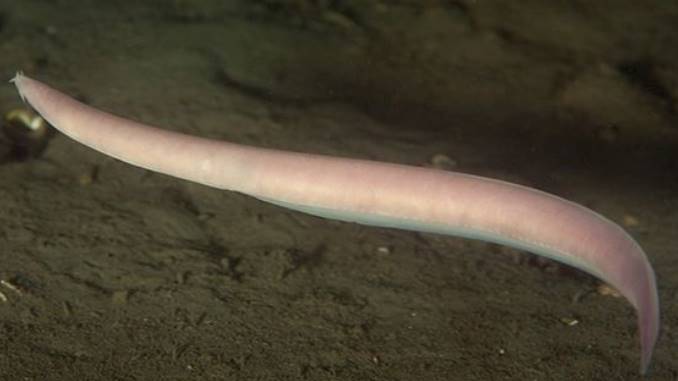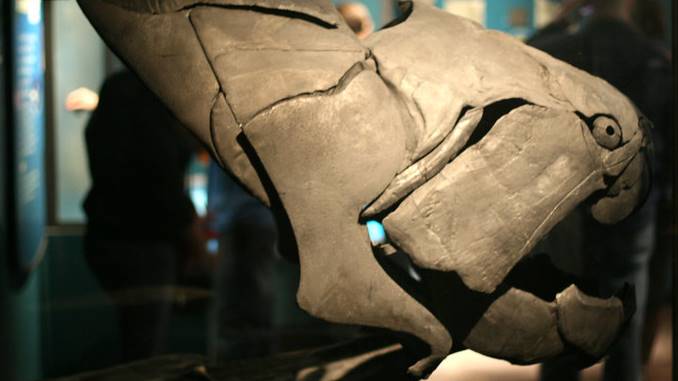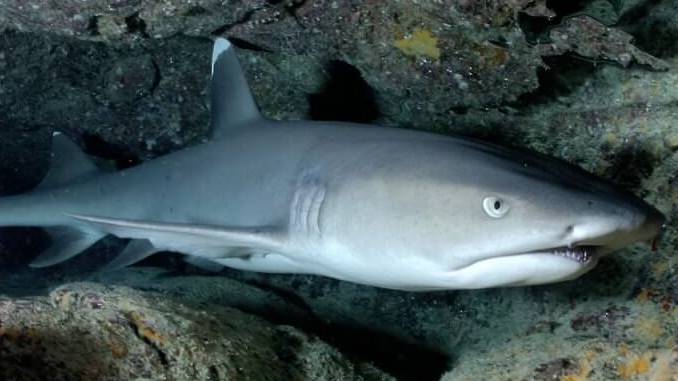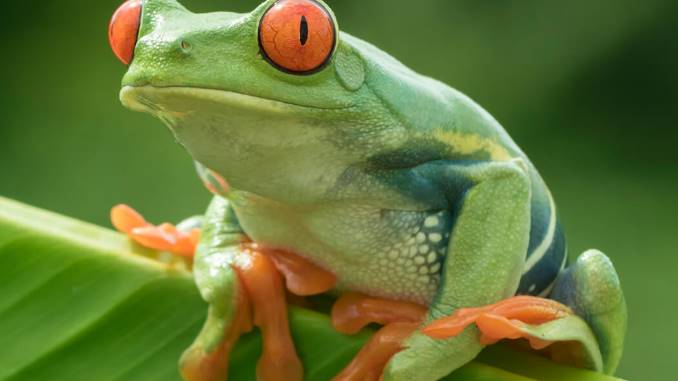Disclaimer: The information presented below is for general informational & educational purposes only. Always consult with animal professionals in case of specific concerns.
Animals with backbones, also known as vertebrates, are a well-known group of animals, including mammals, birds, reptiles, amphibians, and fishes.
The main feature of animals belonging to this group is their backbone, an anatomical feature that first appeared in the fossil record about 500 million years ago during the Ordovician period.
Here are the different groups of vertebrates in the order of their evolution.
What are Animals With Backbones (vertebrates)?
The vertebrates (animals with backbones) are divided into 5 standard classes, including:
- Fishes
- Mammals
- Birds
- Amphibians
- Reptiles
Currently, about 58,000 species of vertebrates have been identified.
Basics of vertebrate evolution
Let’s dig deeper into the different groups of vertebrates in the order of their evolution.
Jawless fish (Agnatha)

The first vertebrates were Agnatha. These fish-like animals have rigid bony plates covering their bodies.
As their name suggests, they have no backbones. In addition, these early fish did not have a pair of fins.
Agnatha is thought to have relied on filter-feeding for food and most likely sucked water and debris from the seafloor into their mouths, excreting water and waste through their gills.
Jawless fish that lived during the Ordovician period became extinct by the end of the Devonian period. Yet, some fish still do not have jaws, such as lamp fish and hagfish.
Today’s jawless species are not direct survivors of the Class Agnatha. Instead, they are distant cousins of cartilaginous fish.
Armored Fish (Placodermi)

Placodermi evolved during the Silurian period. Like their predecessors, they also lack jaws but possess pairs of fins.
Placodermi diversified during the Devonian period but declined and fell into extinction by the late Permian.
Cartilaginous fish (Chondrichthyes)

Cartilaginous fish, including sharks, and rays, evolved during the Silurian. Cartilaginous fish have skeletons made of cartilage, not bone.
They also differ from other fish because they do not have swimming organs and lungs.
Bony fish (Osteichthyes)
Bony fish first appeared at the end of the Silurian period. Most modern fish belong to this group.
Amphibians

Amphibians were the first vertebrates to venture on land. The early amphibians retained many fish-like characteristics but diversified during the Carboniferous period.
However, they retain a close relationship with water, require a humid environment to keep their skin moist and produce fish-like eggs that lack a hard protective layer.
In addition, amphibians go through a larval stage that is entirely aquatic. Therefore, only adult animals can survive in terrestrial habitats.
Read more: What Eats Frogs In The Food Chain? (Frog Predators)
Reptilia
Reptiles appeared during the Carboniferous period and quickly took over the dominant position of terrestrial vertebrates.
Reptiles have freed themselves from aquatic habitats, which amphibians cannot.
Reptiles have developed hard-shelled eggs that they can lay on dry land. Also, they have dry skin consisting of scales that protect and help retain moisture.
Reptiles, such as anacondas which can be good pets, develop larger and stronger legs than amphibians.
In addition, the reptile’s legs below the body (instead of on the side like in amphibians) gives them better mobility.
Bird (Aves)
Around the beginning of the Jurassic period, two groups of reptiles acquired the ability to fly. One of these groups later gave rise to birds.
Birds have evolved various adaptations, such as feathers, hollow bones, and warm blood that allow them to fly.
Related: 16 Birds With Long Legs You Must Know About (With Pics)
Mammalia
Mammals, like birds, evolved from reptilian ancestors. Mammals develop a four-chambered, hair-covered heart, and most (except for single species such as platypuses and echidnas) do not lay eggs.
The following table shows the evolution of vertebrates. The creatures listed at the top of the table will evolve earlier than those at the bottom.
| Animal group | Main feature |
| Jawless fish |
|
| Placoderms |
|
| Cartilaginous fish |
|
| Bony fish (Osteichthyes) |
|
| Amphibians |
|
| Reptilia |
|
| Bird (Aves) |
|
| Mammalia |
|
Structure and function of parts
Additional features of this group are:
- The muscule system is composed mainly of fleshy masses forming pairs.
- The central nervous system is partially located within the spine.
Other defining features of an animal of the vertebrate type are the backbone or spinal cord and the internal skeleton.
The internal skeleton that can identify vertebrates comprises cartilage or bone, or sometimes both.
The exoskeleton in the form of bony armor was the first bony substance that vertebrates evolved.
The basic function of this skeleton likely is to store phosphate, which is secreted as calcium phosphate and stored around the body and contributes to the body’s protection.
The skeleton provides support for other organs during growth.
The skeletons of most vertebrates, except for most primitive forms, the skeletons of most vertebrates consist of a skull, spine, and two pairs of limbs.
The skull facilitates cognitive development because it protects vital organs such as the brain, eyes, and ears.
Both the spine and the limbs as a whole support the vertebrate body. This support facilitates movement.
The body of a vertebrate is a hollow cavity containing internal organs. The heart and respiratory organs are protected inside the body. The heart is usually located between the lungs.
The central nervous system of vertebrates consists of the brain and spinal cord.
In lower vertebrates, the brain mainly controls the function of receptors.
In higher vertebrates, the ratio of brain to body size is greater, making the ability to exchange information between parts of the brain higher.
Related: Animals With Human Teeth (11 Amazing Species With Pics)
Invertebrates and Vertebrates: What’s the Difference?
Following are the critical differences between Invertebrates and Vertebrates:
Backbone And Skull
The most notable difference between invertebrates and vertebrates is the presence of a backbone, the skull (outer shell of the brain).
These organs are entirely absent in invertebrates and are well developed and functional in animals with backbones.
Other Features
Other features such as the nervous system, respiratory system, digestive system, gastrointestinal tract, and circulatory system are not well developed and organized in invertebrates.
Body Structure
- The body structure of invertebrates is simple, with symmetry such as radial or bilateral.
- Vertebrates have a complex and organized body structure with only bilateral body symmetry.
Popularity
Invertebrates have an overwhelming presence, with 98% of the total kingdom Animalia.
Meanwhile, vertebrates make up only 2% of the total kingdom of Animalia.
It means 98 out of 100 animals in the world today are invertebrates.
Habitat
Both types of animals group live in a variety of habitats.
However, vertebrates can fit and adapt to any habitat with ease.
The highly developed nervous system and skeleton of vertebrates allow them to adapt to land, sea, and air.
However, invertebrates are also found in various habitats, from forests and deserts to caves and seafloor mud.
The Bottom Line
So you have reached the bottom of this article. Hopefully, you have had a lot of valuable and exciting knowledge about animals with backbones.
Thank you for reading! Please share this article with others so that they can also receive this helpful knowledge.

Hi, my name is John, and I’m an animal lover. I’ve been fascinated with the animal kingdom since I was 5 years old, and my passion keeps growing bigger as I age. And this blog is where I share my researches and passion with animal lovers all around the world.
